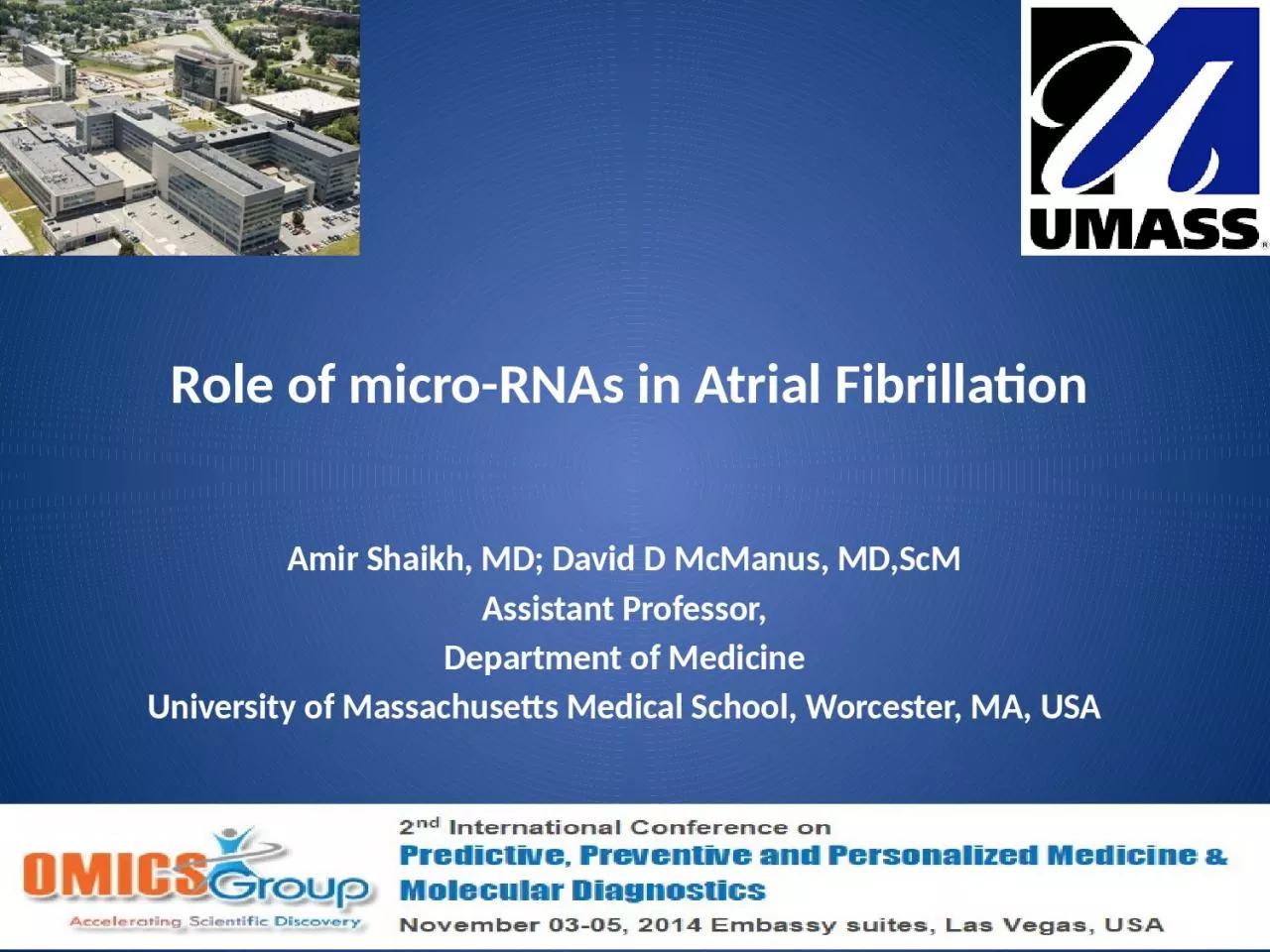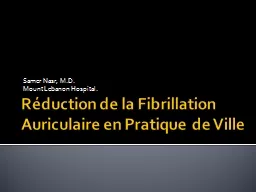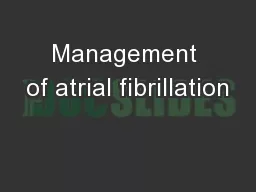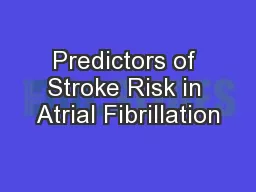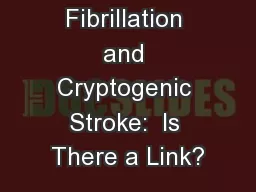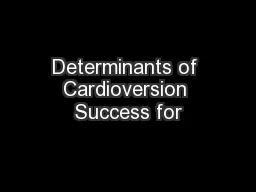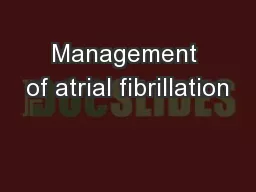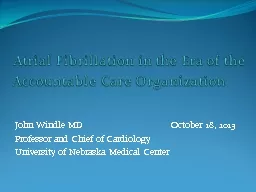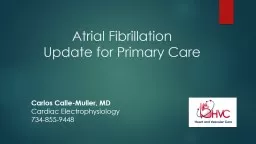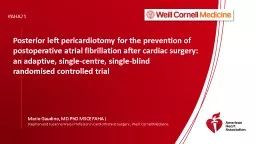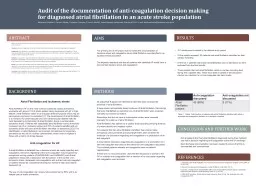PPT-Role of micro-RNAs in Atrial Fibrillation
Author : GoodGirlGoneBad | Published Date : 2022-08-02
Amir Shaikh MD David D McManus MDScM Assistant Professor Department of Medicine University of Massachusetts Medical School Worcester MA USA Disclosures David D
Presentation Embed Code
Download Presentation
Download Presentation The PPT/PDF document "Role of micro-RNAs in Atrial Fibrillatio..." is the property of its rightful owner. Permission is granted to download and print the materials on this website for personal, non-commercial use only, and to display it on your personal computer provided you do not modify the materials and that you retain all copyright notices contained in the materials. By downloading content from our website, you accept the terms of this agreement.
Role of micro-RNAs in Atrial Fibrillation: Transcript
Download Rules Of Document
"Role of micro-RNAs in Atrial Fibrillation"The content belongs to its owner. You may download and print it for personal use, without modification, and keep all copyright notices. By downloading, you agree to these terms.
Related Documents

